Mazen Alotaibi
Njobvu-AI: An open-source tool for collaborative image labeling and implementation of computer vision models
Aug 31, 2023



Abstract:Practitioners interested in using computer vision models lack user-friendly and open-source software that combines features to label training data, allow multiple users, train new algorithms, review output, and implement new models. Labeling training data, such as images, is a key step to developing accurate object detection algorithms using computer vision. This step is often not compatible with many cloud-based services for marking or labeling image and video data due to limited internet bandwidth in many regions of the world. Desktop tools are useful for groups working in remote locations, but users often do not have the capability to combine projects developed locally by multiple collaborators. Furthermore, many tools offer features for labeling data or using pre-trained models for classification, but few allow researchers to combine these steps to create and apply custom models. Free, open-source, and user-friendly software that offers a full suite of features (e.g., ability to work locally and online, and train custom models) is desirable to field researchers and conservationists that may have limited coding skills. We developed Njobvu-AI, a free, open-source tool that can be run on both desktop and server hardware using Node.js, allowing users to label data, combine projects for collaboration and review, train custom algorithms, and implement new computer vision models. The name Njobvu-AI (pronounced N-joh-voo AI), incorporating the Chichewa word for elephant, is inspired by a wildlife monitoring program in Malawi that was a primary impetus for the development of this tool and references similarities between the powerful memory of elephants and properties of computer vision models.
Masader Plus: A New Interface for Exploring +500 Arabic NLP Datasets
Aug 01, 2022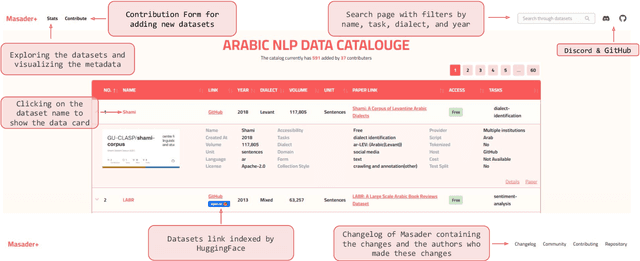
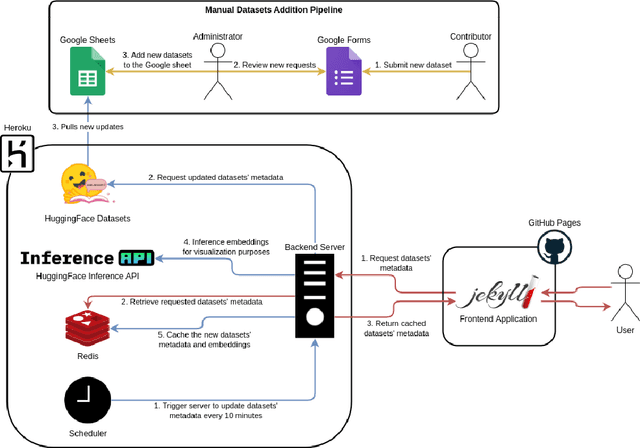
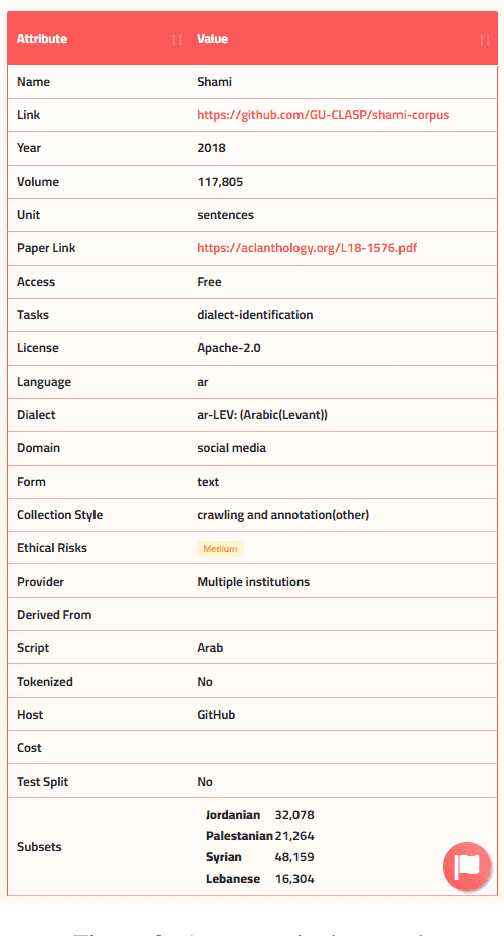
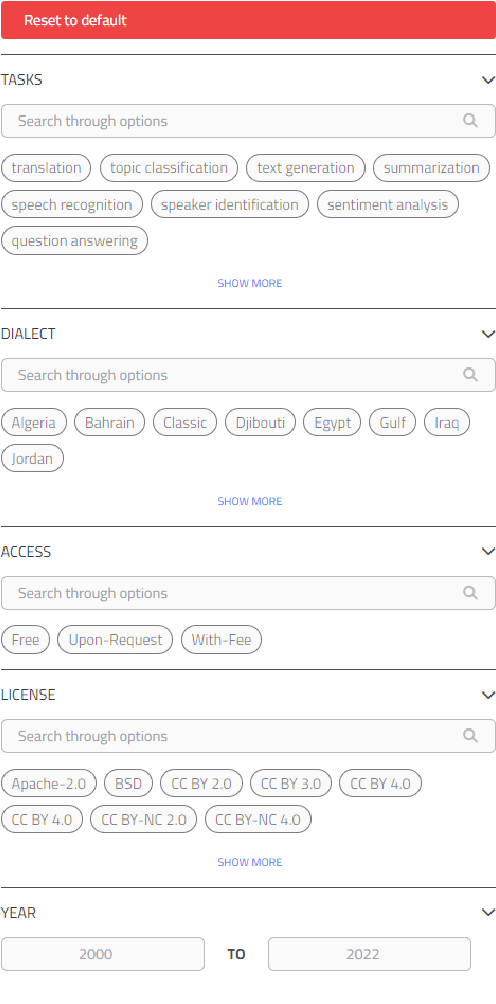
Abstract:Masader (Alyafeai et al., 2021) created a metadata structure to be used for cataloguing Arabic NLP datasets. However, developing an easy way to explore such a catalogue is a challenging task. In order to give the optimal experience for users and researchers exploring the catalogue, several design and user experience challenges must be resolved. Furthermore, user interactions with the website may provide an easy approach to improve the catalogue. In this paper, we introduce Masader Plus, a web interface for users to browse Masader. We demonstrate data exploration, filtration, and a simple API that allows users to examine datasets from the backend. Masader Plus can be explored using this link https://arbml.github.io/masader. A video recording explaining the interface can be found here https://www.youtube.com/watch?v=SEtdlSeqchk.
ePose: Let's Make EfficientPose More Generally Applicable
Nov 30, 2021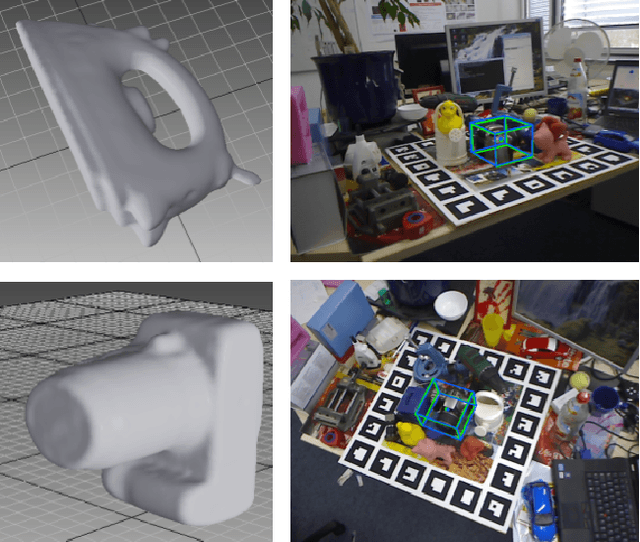
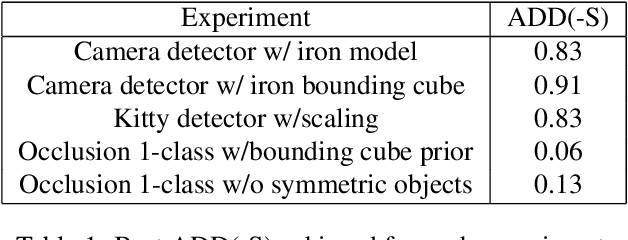


Abstract:EfficientPose is an impressive 3D object detection model. It has been demonstrated to be quick, scalable, and accurate, especially when considering that it uses only RGB inputs. In this paper we try to improve on EfficientPose by giving it the ability to infer an object's size, and by simplifying both the data collection and loss calculations. We evaluated ePose using the Linemod dataset and a new subset of it called "Occlusion 1-class". We also outline our current progress and thoughts about using ePose with the NuScenes and the 2017 KITTI 3D Object Detection datasets. The source code is available at https://github.com/tbd-clip/EfficientPose.
Discriminative Appearance Modeling with Multi-track Pooling for Real-time Multi-object Tracking
Jan 28, 2021



Abstract:In multi-object tracking, the tracker maintains in its memory the appearance and motion information for each object in the scene. This memory is utilized for finding matches between tracks and detections and is updated based on the matching result. Many approaches model each target in isolation and lack the ability to use all the targets in the scene to jointly update the memory. This can be problematic when there are similar looking objects in the scene. In this paper, we solve the problem of simultaneously considering all tracks during memory updating, with only a small spatial overhead, via a novel multi-track pooling module. We additionally propose a training strategy adapted to multi-track pooling which generates hard tracking episodes online. We show that the combination of these innovations results in a strong discriminative appearance model, enabling the use of greedy data association to achieve online tracking performance. Our experiments demonstrate real-time, state-of-the-art performance on public multi-object tracking (MOT) datasets.
 Add to Chrome
Add to Chrome Add to Firefox
Add to Firefox Add to Edge
Add to Edge